
The EP 101 workshop is envisaged as an introduction to basic interventional cardiac electrophysiology for early career trainees. It is designed to allow free interactions between the trainees and faculty by having limited number of trainees. The limited number of participants, homogeneous group and focused scope distinguish this from other conferences and gives a unique opportunity for training.
The workshop will be conducted over two days, alternating between JIPMER Puducherry and CMC Vellore as the venue. The topics will cover the basics of interventional electrophysiology, from ECG evaluation of arrhythmias, through setting up of the EP lab to pacing maneuvers, mapping and ablation of supraventricular tachycardias and idiopathic ventricular tachycardias.
Participants will be picked from final year DM / DNB Cardiology trainees, Cardiologists within the first two years of completion of training and first year EP fellows. Number of participants will be limited to 18. The course directors are Dr. Raja Selvaraj from JIPMER and Dr. John Roshan from CMC.
Final yr DM / Within 2 yrs of passing DM / First yr EP Fellow
Learn the basics. No 3D. No AF ablation
Committed faculty, more scope for interaction
Small group for more interactive discussion
Learn by discussing
Certification for training recieved

A quick introduction, setting out the key elements of the program. Objectives, important design aspects, feedback, evaluation.
Equipment used in EP studies, including catheters, connectors, junction box, amplifier, display settings; setting them up and troubleshooting.

ECG findings of relevance to EP study in patients with narrow and wide complex tachycardia.

Biophysics principles involved in use of RF energy for ablation. Differences between non-irrigated and irrigated RF. Typical settings used for different arrhythmias.

Basic views and anatomy in each view. Applied fluoroscopic anatomy for each chamber. Useful views while mapping different arrhythmias.

Stimulation protocols, what is sync and how to set it up. How to set up each protocol on the stimulator.

Principles and recording on unipolar and bipolar signals. Placement of usual catheters. Measurements in sinus rhythm. Common pacing protocols.

Distinguishing nodal vs extranodal VA conduction. Identifying dual AV nodal physiology. Preexcitation patterns and response to extrastimuli.

Ventricular overdrive pacing - How to perform and interpret. PVCs during tachycardia.

Linking, simultaneous atrio-ventricular pacing, miscellaneous maneuvers.

Slow pathway ablation for typical AVNRT - electrogram based and fluoroscopic approaches. Uncommon locations for ablation. Ablating safely - practical approach.

General principles of mapping accessory pathways. Mapping right-sided pathways. Mapping left-sided pathways. Posteroseptal pathway ablation.

Tracings from an illustrative real case, discussing various concepts step by step.

Basic principles of entrainment. Identifying entrainment. Identifying location in circuit based on entrainment response.

Mapping and ablation of focal atrial tachycardia. Isthmus ablation for typical flutter.

ECG - Identifying common wide QRS tachycardias. Clues during atrial and ventricular pacing.

Differentiation of SVT, VT, and preexcited tachycardia. Identification of bundle branch reentry.

Identify antidromic tachycardia using atriofascicular pathway. Differentiate bystander pathway. Mapping and ablation of atriofascicular pathways.

Delegates shown series of tracings with questions and write answers.

Step-by-step approach to wide QRS tachycardia illustrated with tracings from a real case.

Tracings shown for evaluation are discussed. Final scores and toppers announced. Feedback forms to be filled.

JIPMER, Puducherry

Christian Medical College, Vellore
16-17 March 2019, JIPMER






28-29 February 2020, CMC






* Top 5 in evaluation
05-06 January 2024, CMC

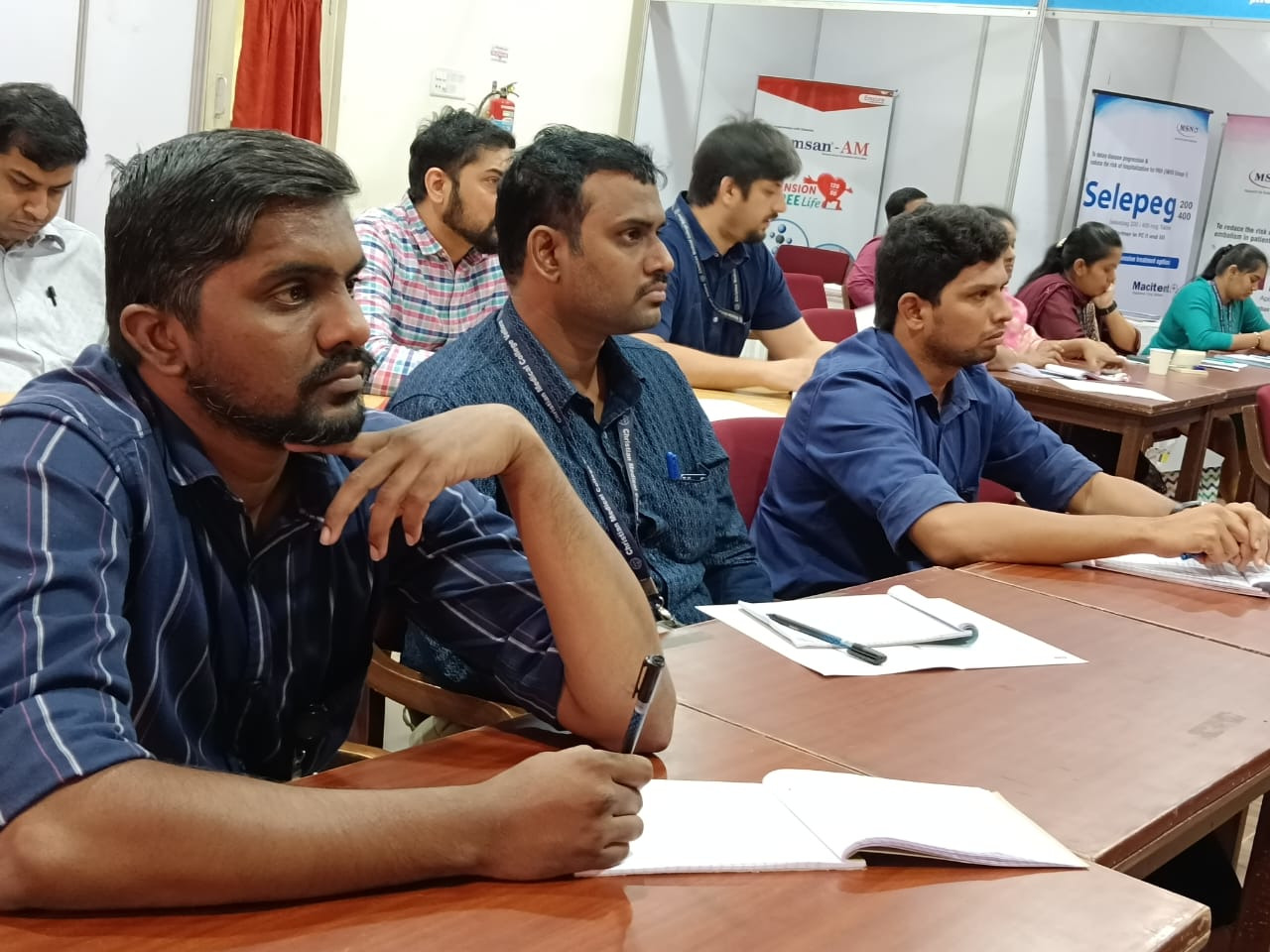
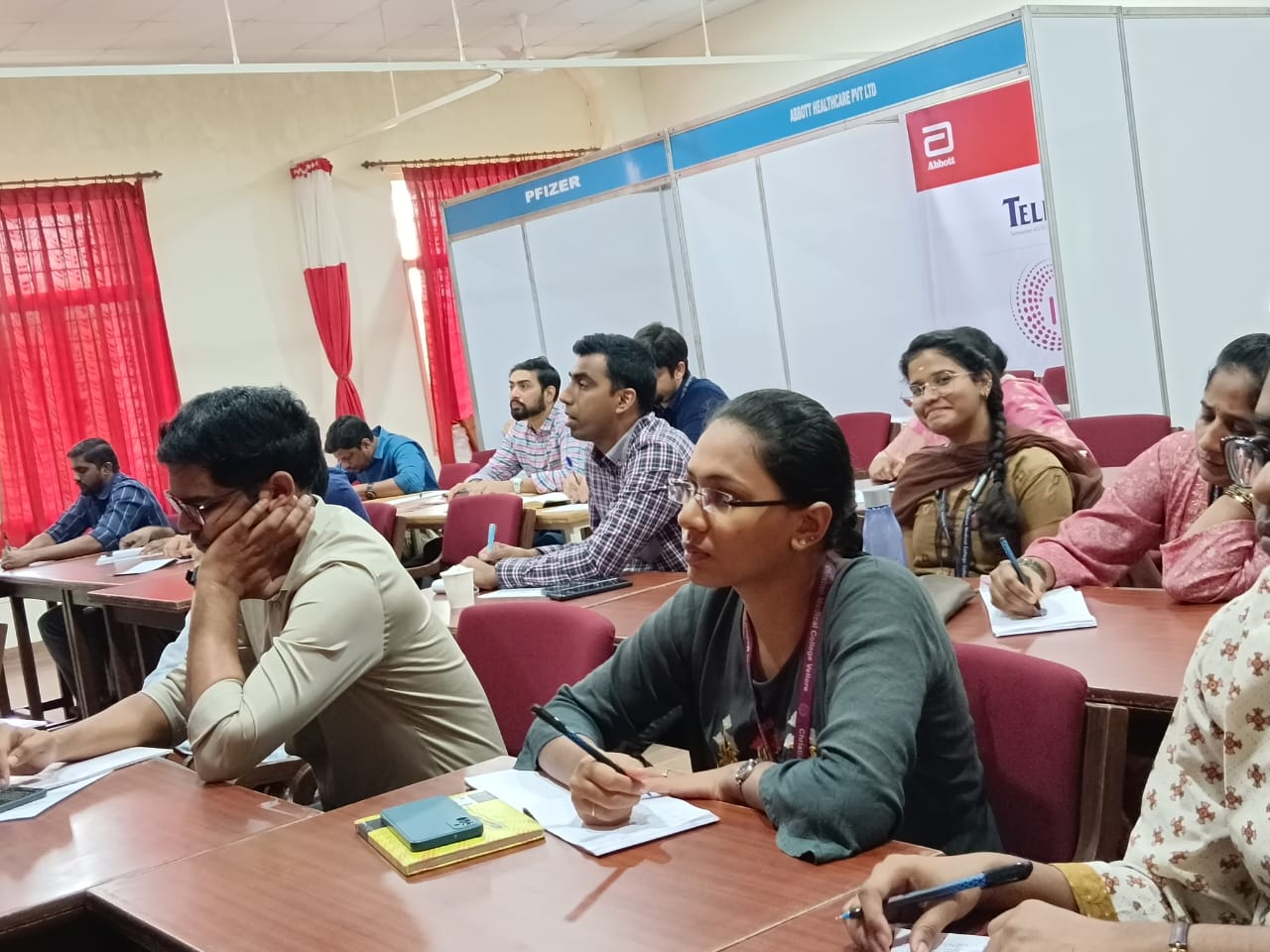

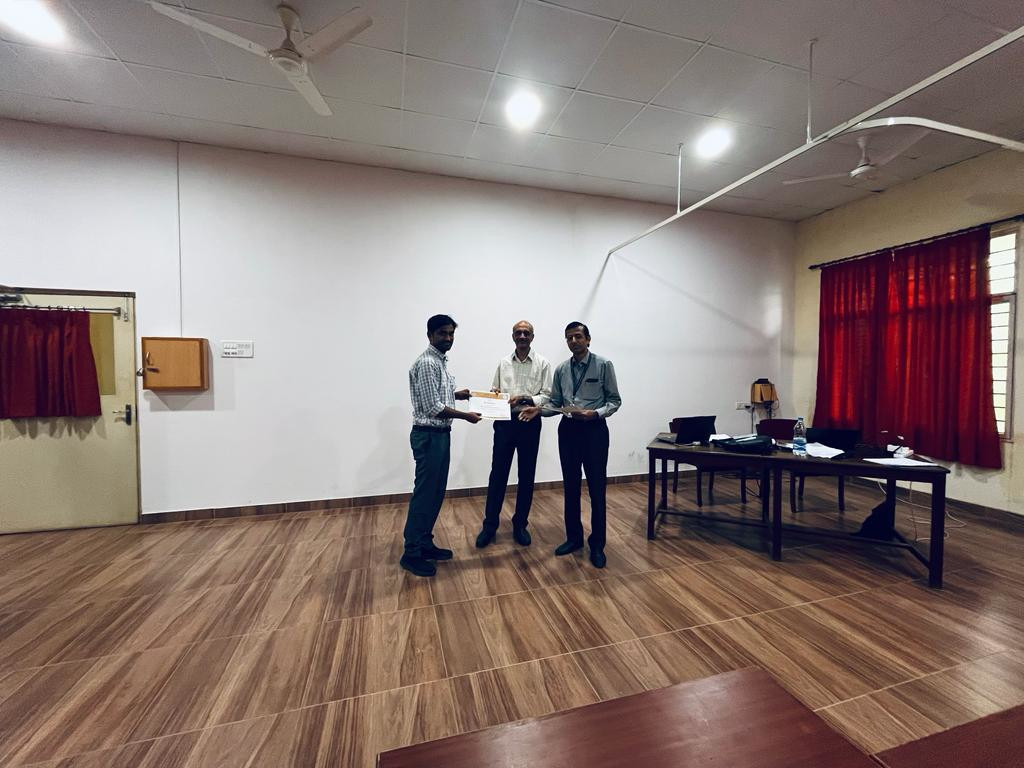
* Top 5 in evaluation
12-13 April 2025, JIPMER
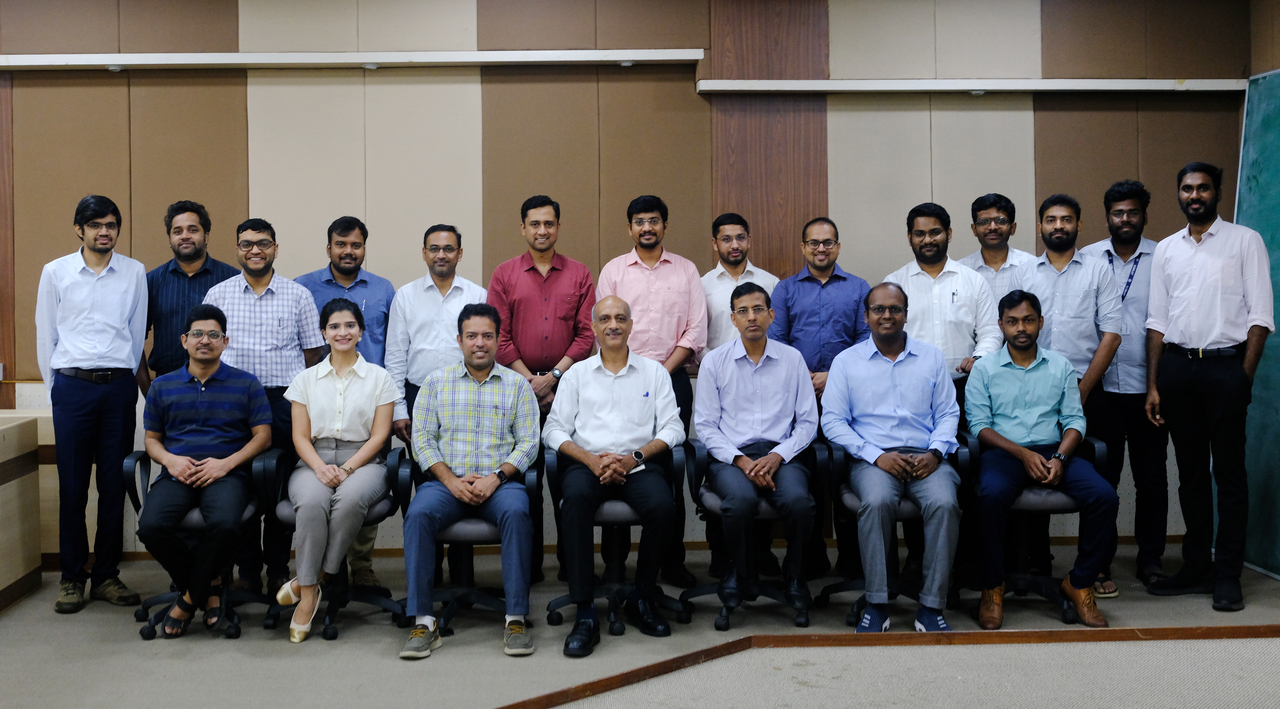
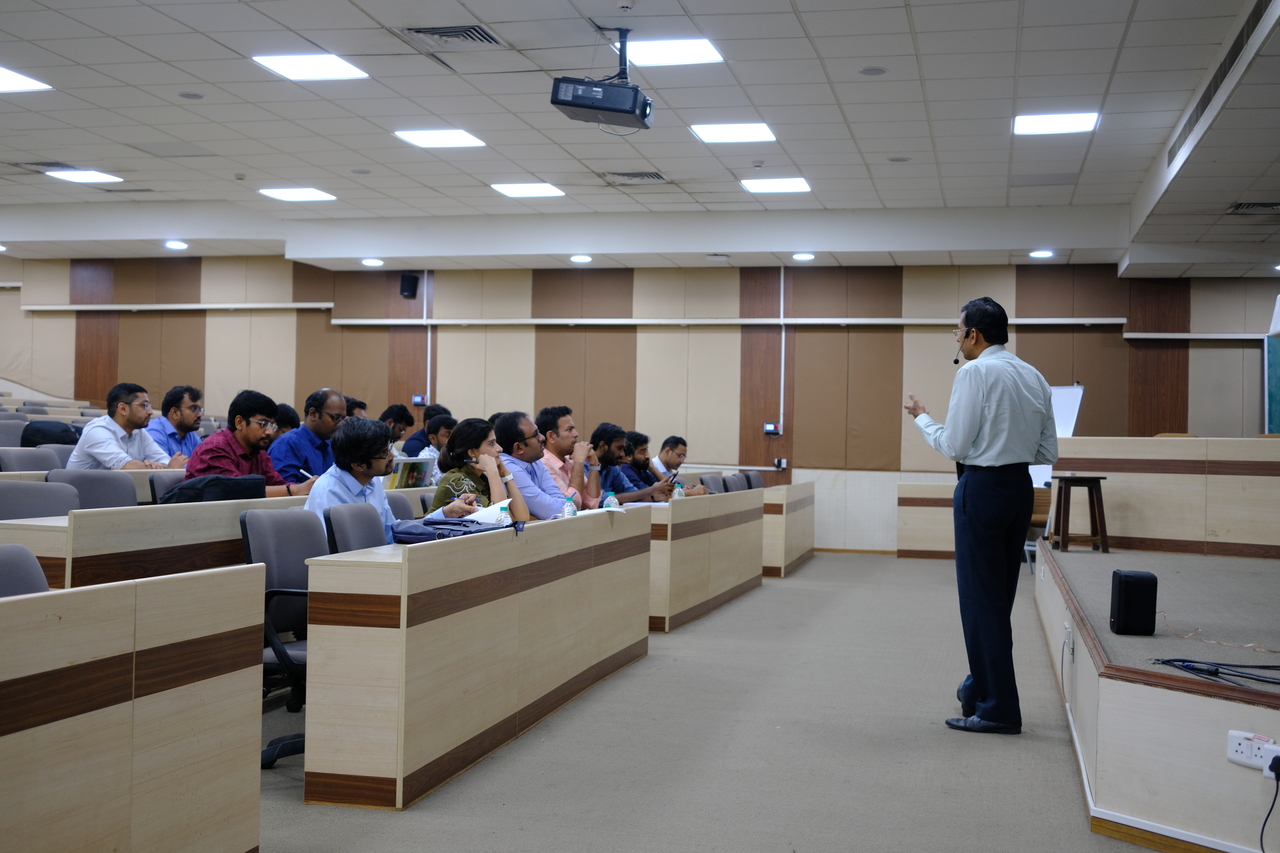

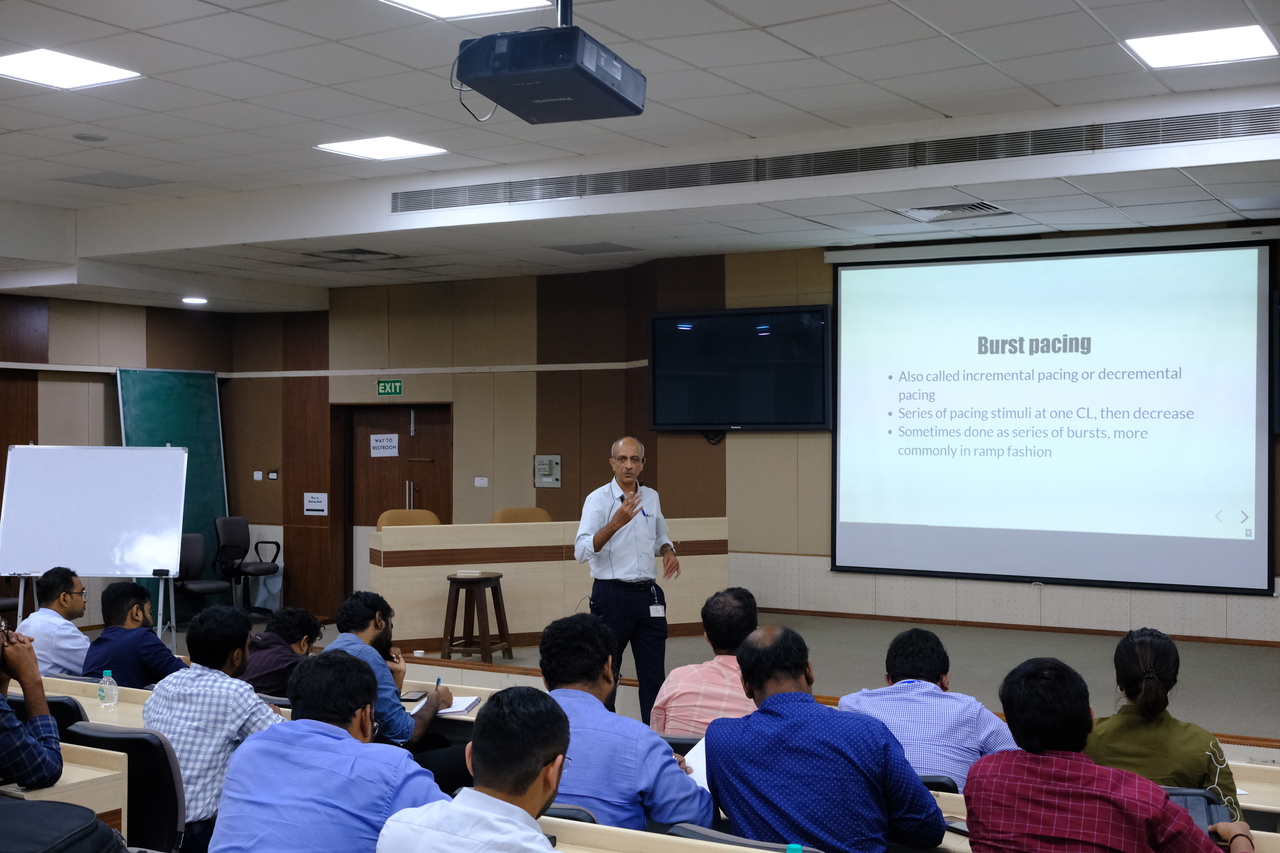
* Top 5 in evaluation

Registrations for the 2025 workshop are closed now.
© Theme by UIdeck
© Site created by Raja Selvaraj